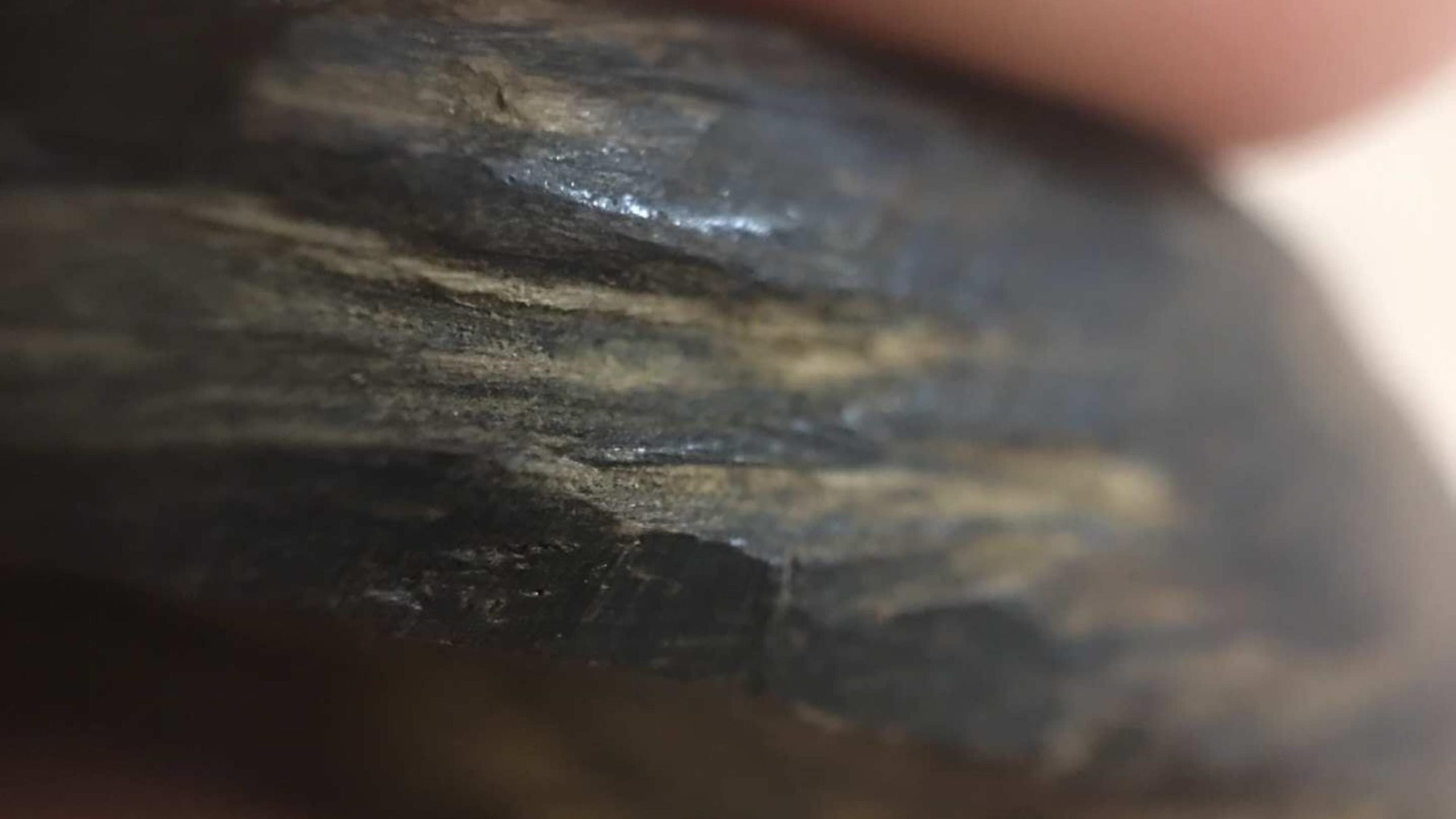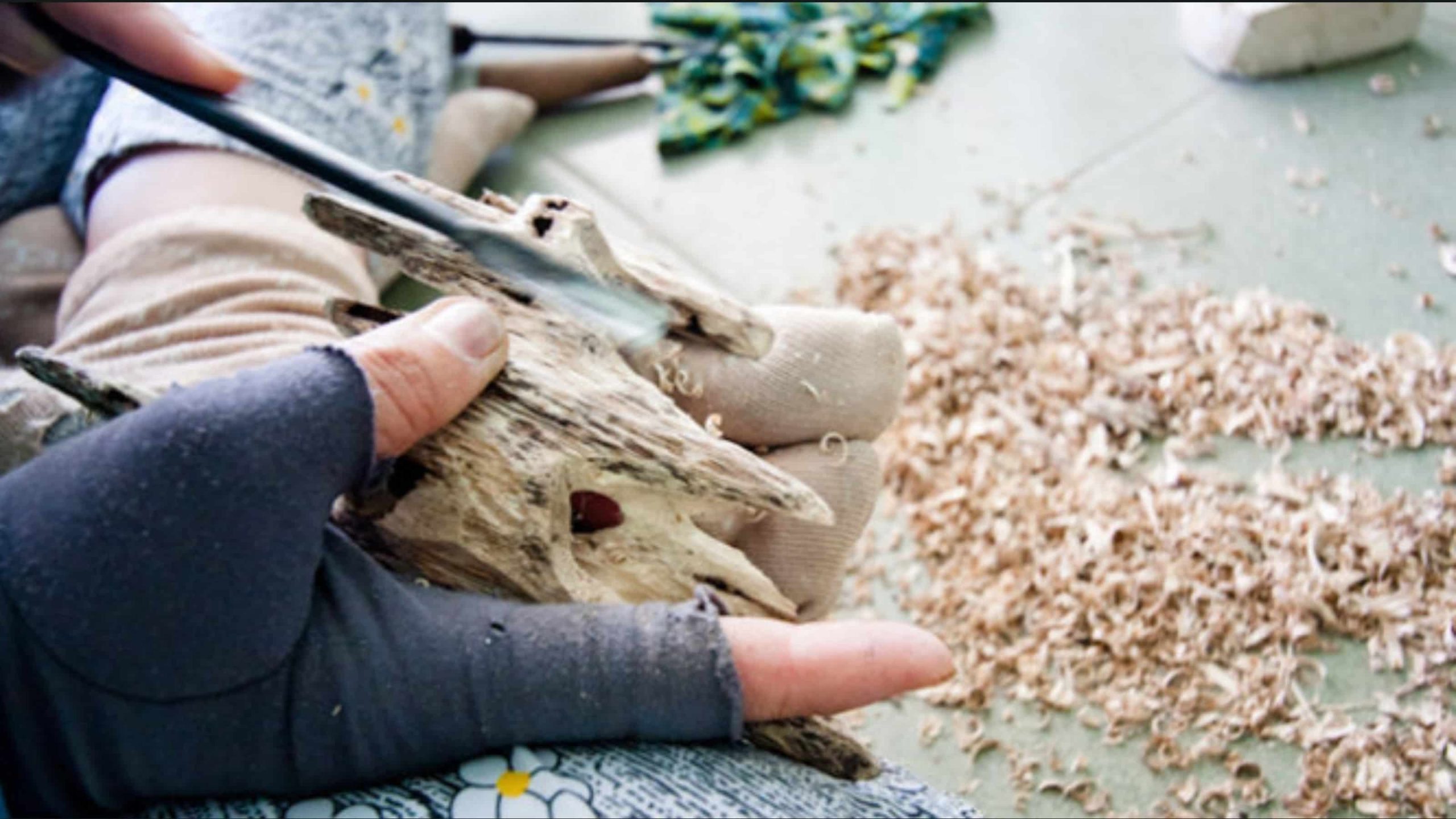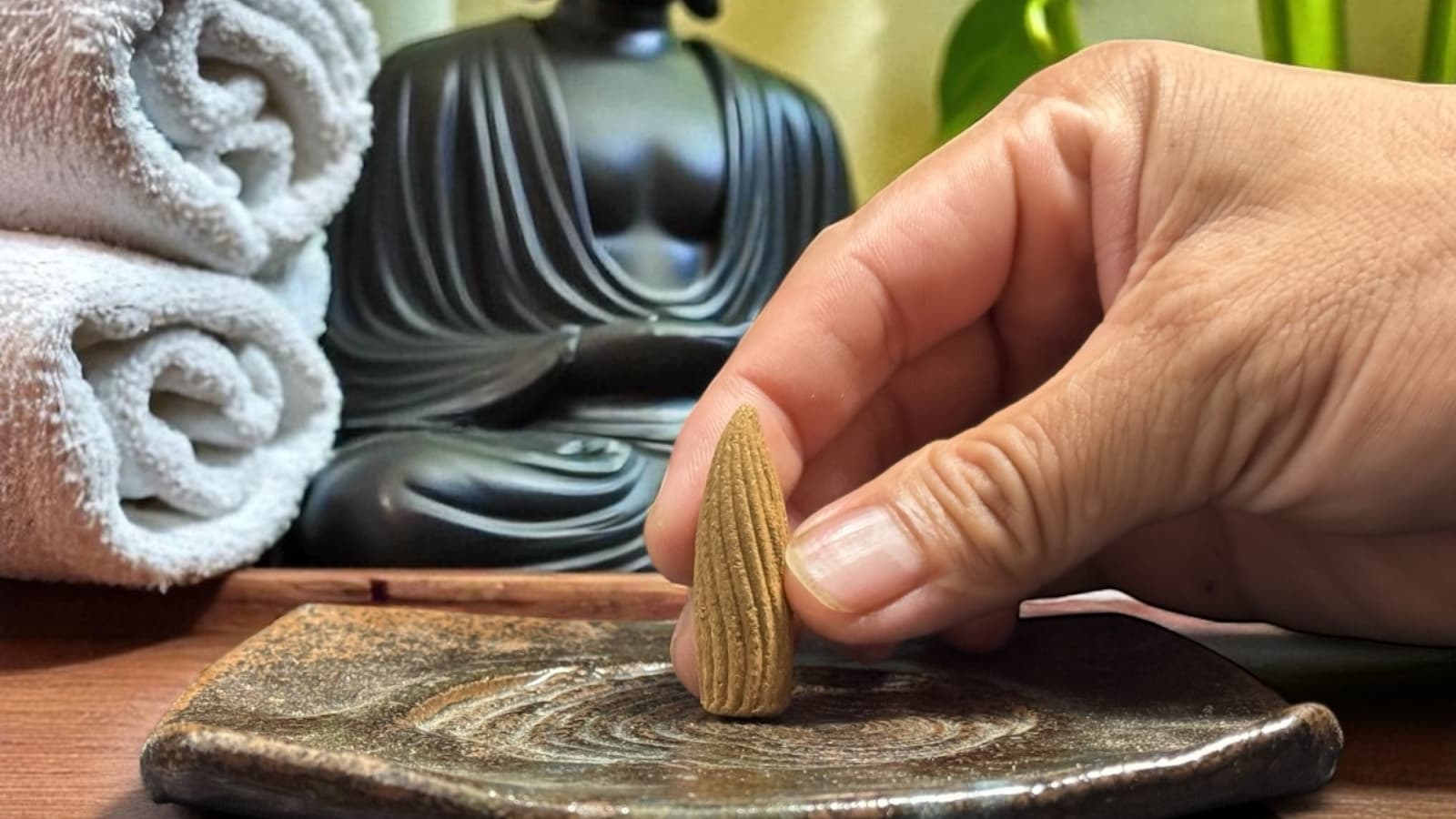How to Choose Authentic Agarwood: A Connoisseur’s Guide
Have you ever wondered why some Oud smells amazing, while others smell… just okay? Or maybe you’ve tried to buy agarwood but felt lost in a sea of options?
For many, Oud is a beautiful but mysterious fragrance. You’ve heard it’s rare and expensive, and you might even own a piece or two. However, you’re not sure how to tell if what you have is genuine. You don’t know the signs of quality, and you’re oblivious to the risk of buying a fake.
The truth is, without a proper guide, it’s easy to be misled. This article will open your eyes to the secrets of the trade and teach you how to identify real oud, protecting your investment and ensuring a pure experience.
Why Should I Care About Authenticity? It All Smells Good, Right?
You might think, “Why bother? A little fragrance is a little fragrance.” You don’t see the value in authentic agarwood and believe a cheaper, synthetic version serves the same purpose. You’re apathetic to the details because you don’t yet understand the difference.
But here’s why you should care:
- The Scent: Synthetic oud cannot replicate the complex, multi-layered aroma of real agarwood. While fakes have a flat, one-dimensional smell, genuine Oud offers a rich journey of woody, spicy, and sweet notes that evolve over time.
- The Benefits: The therapeutic and spiritual benefits of Oud, from stress relief to energetic purification, come from its natural compounds. Fake or treated oud lacks these properties, offering no real value beyond a simple scent.
- The Investment: Genuine agarwood is a precious commodity. Buying a fake means you’ve paid for something worthless. Learning how to identify real oud protects you from being scammed.
So, How Do I Actually Tell the Difference?
You’re beginning to understand the importance of authenticity. Now you’re in the thinking phase: “What are the specific signs? What should I look for? What should I avoid?” You’re ready for the actionable steps to make an informed decision.
Here’s what you need to know:
- The Appearance:
- Real Oud: Authentic agarwood often has a dark, uneven, and dense resinous appearance. It’s not uniform. You’ll see clear, oily veins of resin embedded within the lighter wood grain.
- Fake Oud: Counterfeit oud is often black all over, dyed to mimic high resin content. It may feel unusually heavy or sticky.
- The Smell (The Most Crucial Test):
- Real Oud: The scent is complex and nuanced, with multiple notes. When heated, it will not produce a sharp, acrid smoke. Instead, it will have a rich, lingering aroma that evolves.
- Fake Oud: The smell is often flat, one-dimensional, and can have a chemical or burnt plastic smell. When burned, it produces thick, harsh black smoke.
- The Texture:
- Real Oud: When held, it can feel slightly greasy or oily due to its high resin content. The wood is often hard and heavy for its size.
- Fake Oud: The wood may feel dry and brittle, or it might have a sticky, artificial residue. It may feel unusually light or spongy.
Stop Wasting Your Money and Missing Out on the Real Experience
You’ve been there. You’ve spent good money on what you thought was a high-quality piece of agarwood, only to be disappointed. You feel the sting of a wasted purchase and the frustration of not getting the true experience you were promised. This is the hurting stage. You’re ready to make a change.
It’s painful to realize you’ve been sold a fake, but this frustration is the motivation you need. By learning how to identify real oud, you can protect yourself from future mistakes and ensure that every piece you purchase is a genuine source of peace and spiritual connection. You deserve the real thing.
Conclusion
Knowing how to identify real oud is the most important skill for any connoisseur. By paying attention to the appearance, scent, and texture, you can confidently distinguish between a cheap imitation and a sacred treasure. Don’t let a bad experience discourage you. Your journey with authentic agarwood is waiting.
At datquanagar.com, we are committed to providing only the purest, ethically sourced agarwood. We guarantee the authenticity of every piece so you can invest with confidence and enjoy the true, profound benefits of this precious wood.
[CTA:] Explore Our Authentic Agarwood Collection and Begin Your Pure Journey.
Internal Links
External Link
- <a href=”https://agarwood.org/” target=”_blank”>A Guide to Agarwood Grading</a> (This is a placeholder, you should find a relevant, reputable source like the CITES database or a verified oud grading organization).
FAQs
- What is the easiest way to tell if my oud is real?
- The most reliable test is the scent. Real oud has a complex, layered aroma that doesn’t smell burnt or chemical, even when heated.
- Is it normal for a good piece of agarwood to be very light?
- No, genuine oud is dense due to high resin content, which makes it feel heavy for its size. Extremely light wood is often a sign of poor quality or a fake.
- Why is authentic oud so expensive?
- Oud is incredibly rare and is only formed in a small percentage of Aquilaria trees. The harvesting and processing are also labor-intensive, contributing to its high value.
- Are Oud oil and Oud wood the same?
- Oud oil is distilled from the resinous part of the wood. While they share the same source, the scent profiles can differ slightly. Both should have the characteristic complex aroma of true agarwood.
- What are the signs of fake Oud oil?
- Fake Oud oil is often thin, smells overly sweet or chemical, and lacks the deep, long-lasting scent of genuine oil. A simple test is to dab a little on your skin; if it fades quickly, it may be fake.
- Can I trust online sellers for authentic agarwood?
- You can, but you must choose a reputable seller who provides clear photos, detailed descriptions, and a guarantee of authenticity. Look for companies with a strong reputation and transparent sourcing practices.
- Is a dark color always a sign of high quality?
- While high-quality oud is rich in dark resin, a uniformly black piece can be a red flag for artificial dyeing. The best quality oud has visible veins of dark resin within the lighter wood.







